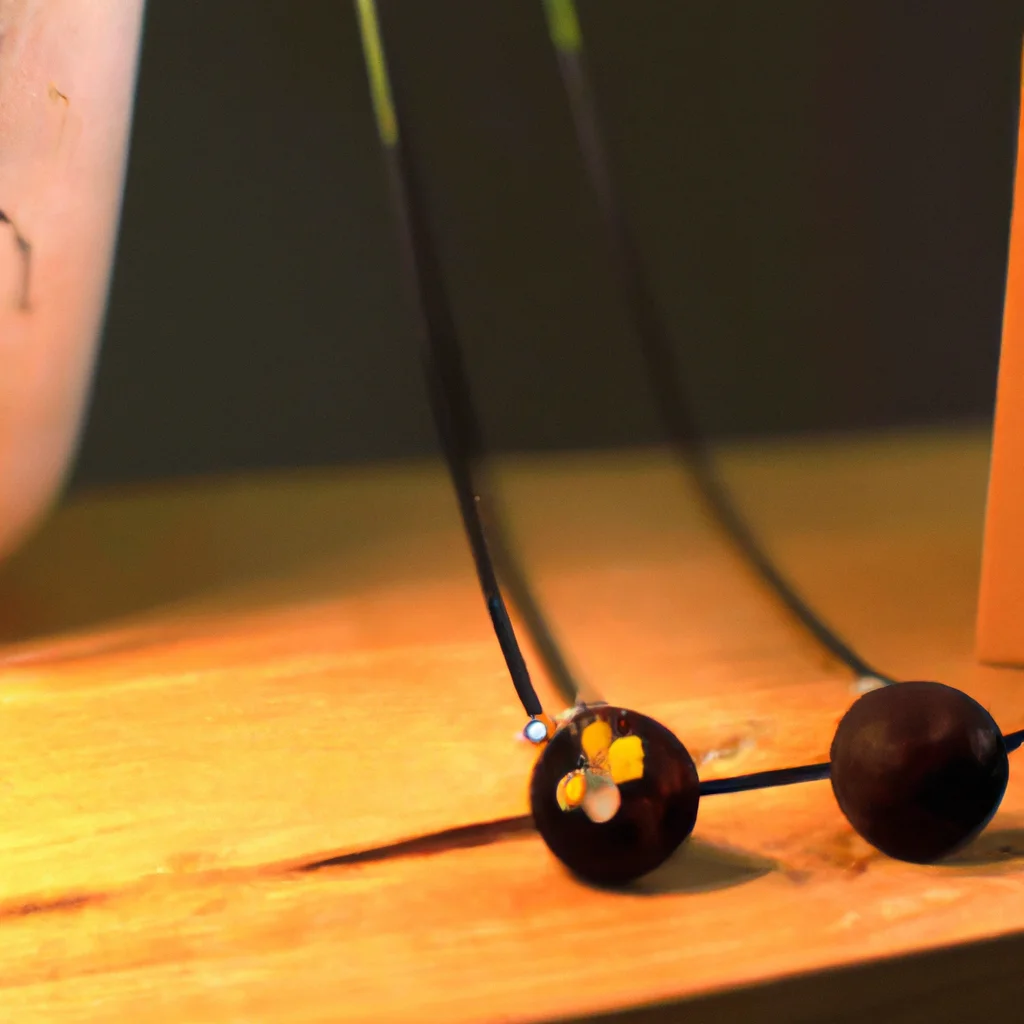What are the techniques involved in creating reclaimed canvas jewelry?


What are the techniques involved in creating reclaimed canvas jewelry?
Reclaimed canvas jewelry is a sustainable and eco-friendly form of fashion accessories that is gaining increasing popularity among art and fashion enthusiasts. This unique and artisan form of handmade jewelry is created by upcycling old and discarded canvas materials into exquisite and one-of-a-kind fashion accessories. In this article, we will explore the various techniques involved in creating reclaimed canvas jewelry.
1. Canvas Selection and Preparation
The first step in creating reclaimed canvas jewelry is the selection and preparation of the canvas material. The artisan carefully selects the canvas material based on its texture, color, and pattern. The canvas material used for creating reclaimed canvas jewelry is often sourced from old and discarded tents, tarps, and other outdoor gear.
Once the canvas material is selected, it is thoroughly cleaned, washed, and dried to remove any dirt, stains, or impurities. The canvas is then cut into various shapes and sizes depending on the desired design and style of the jewelry.
2. Painting and Dyeing
After the canvas material is prepared, the artisan may choose to paint or dye the material to create a unique and personalized look. Painting and dyeing the canvas material allows the artisan to add color and texture to the jewelry, making it stand out and adding a touch of individuality.
The artisan may use a variety of techniques such as hand-painting, screen printing, or block printing to create intricate and beautiful designs on the canvas material. The canvas may also be dyed using natural dyes such as indigo or tea to create a more sustainable and eco-friendly product.
3. Cutting and Shaping
Once the canvas material is painted and dyed, it is then cut and shaped into various pieces to create the jewelry. The artisan may use scissors, knives, or other cutting tools to create intricate shapes and designs on the canvas material.
The canvas material may be cut into various shapes such as circles, squares, or triangles, depending on the desired design of the jewelry. The artisan may also use a variety of techniques such as folding, pleating, or layering to create a more three-dimensional and textured look.
4. Embellishments and Hardware
After the canvas material is cut and shaped, the artisan may choose to add embellishments and hardware to the jewelry to give it a more finished and polished look. Embellishments such as beads, sequins, or embroidery can be added to the jewelry to create a more intricate and detailed design.
Hardware such as clasps, chains, or jump rings may also be added to the jewelry to make it more functional and wearable. The hardware used in reclaimed canvas jewelry is often sourced from recycled or upcycled materials, making it a sustainable and eco-friendly product.
5. Finishing and Packaging
Once the reclaimed canvas jewelry is complete, the artisan carefully inspects and finishes the product to ensure its quality and durability. The jewelry is then packaged and labeled, ready for sale.
Reclaimed canvas jewelry is a sustainable and eco-friendly form of fashion accessories that is created using unique and artisan techniques. Handcrafted and upcycled, this form of jewelry is not only beautiful but also environmentally conscious. By using old and discarded canvas materials, artisans are able to create one-of-a-kind pieces that are both fashionable and sustainable. Whether you’re looking for a statement piece or a subtle accessory, reclaimed canvas jewelry is sure to add a touch of individuality to any outfit.
Recent Posts
How do I create an engaging and informative online quiz or assessment?
Creating an engaging and informative online quiz or assessment can be a powerful tool for… Read More
What are the most effective methods for managing and reducing work-related stress in the hospitality industry?
Work-related stress is a common issue in the hospitality industry, where employees often face long… Read More
How can I improve my assertiveness and communication skills in a leadership position?
In a leadership position, assertiveness and effective communication skills are crucial for success. Being able… Read More
What are the key elements of a successful employee recognition and rewards program?
Employee recognition and rewards programs play a crucial role in motivating and engaging employees, as… Read More
How do I effectively manage and respond to customer feedback and reviews?
Customer feedback and online reviews play a crucial role in shaping a company's reputation and… Read More
What are the best strategies for effective time management as a stay-at-home parent?
Effective time management is crucial for stay-at-home parents who juggle multiple responsibilities on a daily… Read More